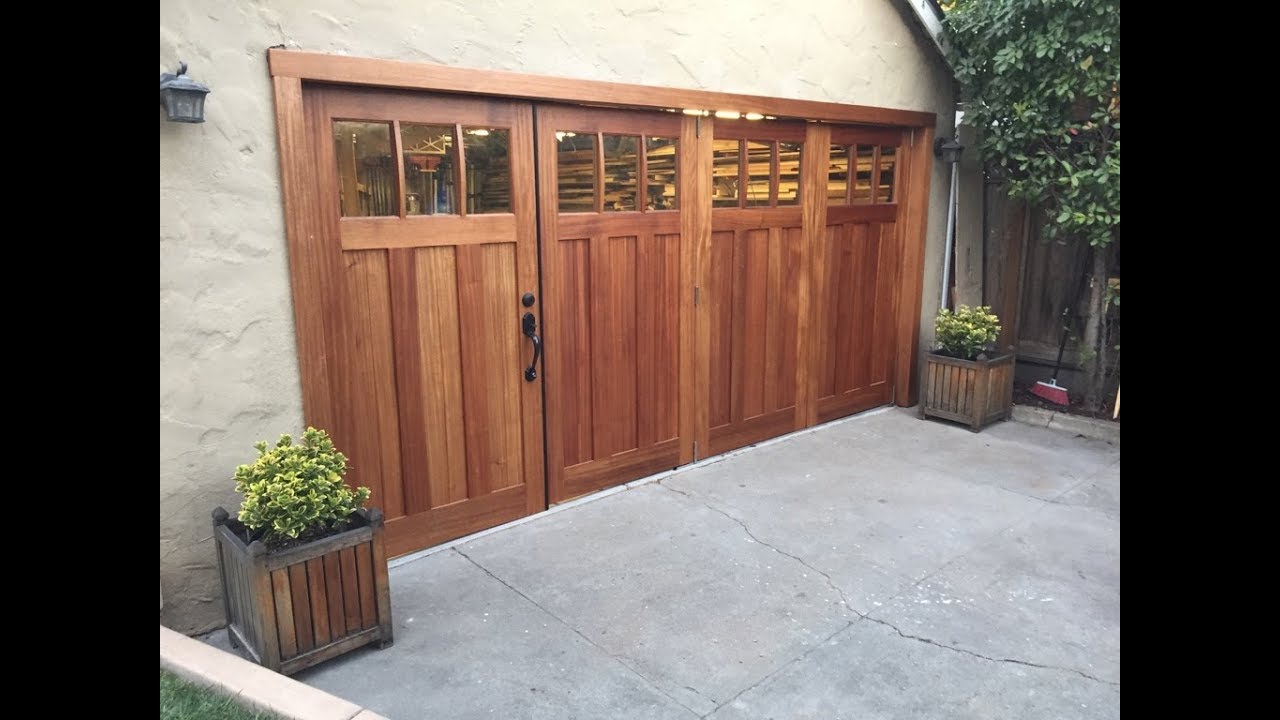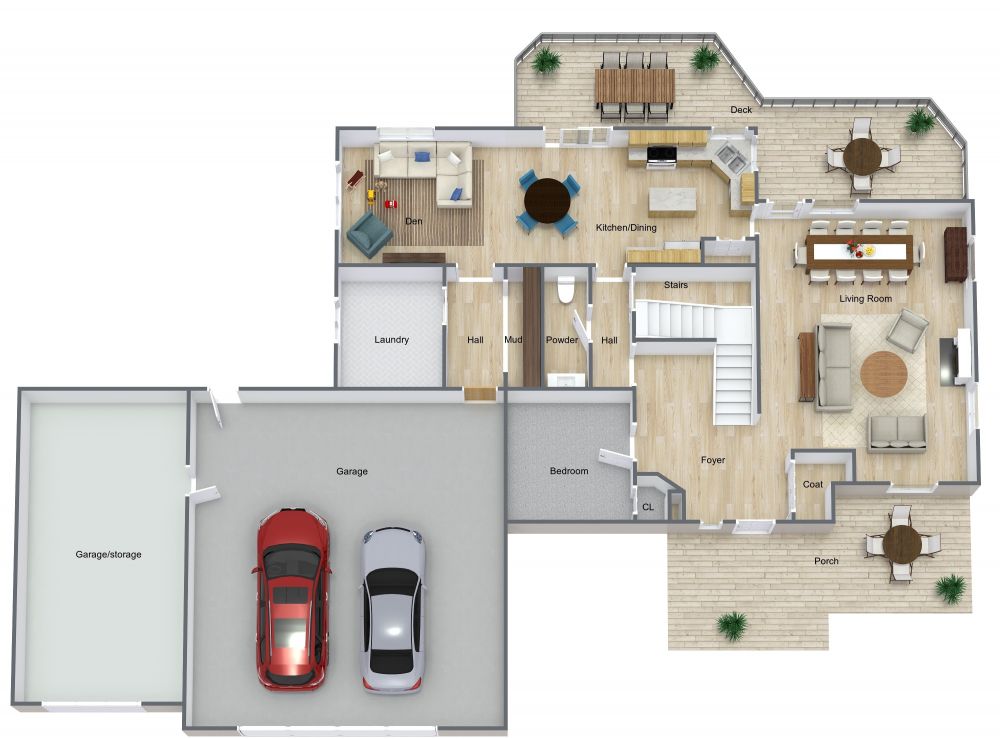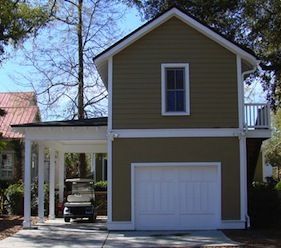
You must protect your RV from the weather. It's possible to make your RV more comfortable by using a garage that has living quarters. These units are often more secure than standard storage buildings. They can also provide a place for you to sleep when you're not using your RV.
Selecting a Garage with Living Quarters
There are many options for garages with living spaces. Each one is designed to suit the individual needs. You will need to consider your budget and the features you want in your living space. Also, consider the electrical and plumbing connections, zoning laws, as well the level of comfort that you want in your living space.
The space available to construct an RV garage with living quarters should be the first thing you consider. This is an important consideration as it will influence how much energy, money, and time you need to invest in your project.

You need to make sure you use the correct materials, whether you are building a garage for your RV with living quarters or an entirely separate structure. The materials you choose can determine the life expectancy of your RV garage and how comfortable it is.
Wood and metal are the most popular materials for a rv garage with living spaces. You can build a structure that is strong and sturdy, but also low-maintenance.
A garage should be built to withstand the harsh climate of your home. This is essential because garages with living quarters will be exposed throughout the year. You should also choose a garage that is insulated to help keep your RV warm in the winter and cool in the summer.
The final design of the RV garage with living quarters will also have a major impact on how it turns out. It should feel homey and comfortable for everyone.

A great idea is to create an RV garage that can be used as a living space. The space can be used to host guests or play with children. You could also use this space to store the RV or other items that take up more space than an ordinary garage.
A garage with living quarters can be a very exciting and creative project. This space will allow you to build your dream home. It is therefore important to have the right plan.
It is important to have a plan in place if you intend to create an RV park with living quarters. This step is essential in any construction project as it will help ensure that the finished space is livable.
FAQ
Why should I remodel rather than buying a completely new house?
Although houses are getting cheaper each year, you still have to pay the same amount for the same square footage. You will pay more for the extra square footage, even though you might get more bang for you buck.
A house that isn't in constant maintenance costs less.
You can save thousands by remodeling instead of buying a new home.
Remodeling your home can make it more comfortable and suit your needs. You can make your home more welcoming for you and your loved ones.
How do I determine if my house requires a renovation or remodel?
First, look at how recent your home has been renovated. A renovation may be a good idea if there have been no updates for several years. If your home appears brand-new, you might consider a renovation.
Second, make sure to inspect the state of your home. If there are holes in the drywall, peeling wallpaper, or broken tiles, it's likely time for a renovation. But if your home looks amazing, maybe it's time for a remodel.
The general condition of your home is another important factor. Is the structure sound? Are the rooms well-lit? Are the floors spotless? These questions are critical when deciding what type of renovation you should do.
What are the largest expenses when remodeling a kitchen
There are a few important costs to consider when renovating a kitchen. These include demolition, design fees, permits, materials, contractors, etc. They seem quite small when we consider each of these costs separately. However, when you add them together, they quickly become quite large.
The most expensive cost is probably the demolition. This includes removing cabinets, countertops and flooring. Next, you will need to remove insulation and drywall. Then, it is time to replace the items with newer ones.
The next step is to hire an architect to design the space. Next, you must pay for permits to ensure the project meets building codes. Next, you will need to hire someone to actually build the project.
The contractor must be paid once the job has been completed. You could spend anywhere from $20,000 to $50,000, depending on how large the job is. That's why it is important to get estimates from multiple contractors before hiring one.
If you plan, you can often avoid some of these costs. You may be able get better material deals or to skip some of the work. If you know what needs to be done, you should be able to save time and money during the process.
For example, many people try to install their cabinets. This will save them money as they won't need to hire professional installation services. The problem is that they usually spend more money trying to figure out how to put the cabinets in place themselves. A professional can usually complete a job in half of the time that it would take you.
A cheaper way to save money is buying unfinished materials. Pre-finished materials such as cabinets should be inspected before you purchase them. You can begin using unfinished materials right away if they are purchased. Even if it doesn't go according to plan, you can always change your mind later.
Sometimes, it's just not worth the effort. Remember: the best way to save money on any home improvement project is to plan.
Is it cheaper to remodel a bathroom or kitchen?
Remodeling a kitchen or bathroom is a costly undertaking. But considering how much money you spend on energy bills each month, it might make more sense to invest in upgrading your home.
Small upgrades can help you save thousands of dollars per year. Simple improvements such as insulation of walls and ceilings can lower heating and cooling costs up to 30 percent. Even a minor addition can increase comfort levels and increase the resale value.
Remember to choose durable and easy-to maintain products when you are planning your renovations. Solid wood flooring, porcelain tile, and stainless steel appliances last longer than vinyl and laminate countertops and require less maintenance.
You might also find that replacing old fixtures by newer models can reduce utility expenses. Installing low-flow faucets or showerheads can cut water use by up to 50%. Compact fluorescent bulbs can be replaced with inefficient lighting to reduce electricity consumption by as much as 75 percent.
What is the difference in a remodel and a renovaton?
A remodel is major renovation to a room, or a portion of a rooms. A renovation refers to minor changes made to a particular room or area of a given room. For example, a bathroom remodel is a major project, while adding a sink faucet is a minor project.
Remodeling involves the complete or partial renovation of a room. A renovation involves only changing a portion of a room. A kitchen remodel could include replacing countertops, sinks and appliances as well as changing lighting and paint colors. A kitchen remodel could also include painting the walls or installing new lighting fixtures.
What would it cost for a home to be gutted versus what it would cost to build one?
A home gutting involves the removal of all interior items, including walls, floors ceilings, plumbing and electrical wiring, fixtures, appliances, and fixtures. It's usually done when you're moving into a new place and want to make some changes before you move in. Gutting a home is typically very expensive because so many things are involved in doing this work. The average cost to gut home ranges from $10,000 to $20,000, depending on your job.
A builder builds a house by building it frame by frame. Then, he adds walls and flooring, roofing, windows and doors. This is often done after purchasing lots of land. Building a home can be cheaper than gutting. It usually costs around $15,000-$30,000.
It really depends on your plans for the space. You will probably have to spend more to gut a house. You don't need to take everything apart or redo everything if you are building a home. Instead of waiting for someone else, you can build it how you want.
Statistics
- 55%Universal average cost: $38,813Additional home value: $22,475Return on investment: 58%Mid-range average cost: $24,424Additional home value: $14,671Return on investment: (rocketmortgage.com)
- $320,976Additional home value: $152,996Return on investment: 48%Mid-range average cost: $156,741Additional home value: $85,672Return on investment: (rocketmortgage.com)
- About 33 percent of people report renovating their primary bedroom to increase livability and overall function. (rocketmortgage.com)
- 57%Low-end average cost: $26,214Additional home value: $18,927Return on investment: (rocketmortgage.com)
- bathroom5%Siding3 – 5%Windows3 – 4%Patio or backyard2 – (rocketmortgage.com)
External Links
How To
How to Install Porch Flooring
It is very simple to install porch flooring, but it will require planning and preparation. It is best to lay concrete slabs before you install the porch flooring. If you don't have a concrete slab to lay the porch flooring, you can use a plywood deck board. This allows you install the porch flooring easily without needing to make a large investment in a concrete slab.
Before installing porch flooring, you must secure the plywood as the subfloor. You will need to measure the porch's width and cut two strips of plywood equal to it. These strips should be attached to the porch from both ends. Then, attach the strips to the walls by nailing them in place.
Once the subfloor is secured, prepare the area for the porch flooring. This usually involves cutting the floorboards' top layer to the required size. The porch flooring must be finished. A polyurethane finish is common. Staining porch flooring is also an option. You can stain your porch flooring more easily than applying a clear coating. All you need to do is sand the stained area after applying the final coat.
Now you are ready to put in the porch flooring. Begin by marking the location for porch flooring. Next, measure and mark the location of your porch flooring. Finally, set the porch flooring in place and fasten it using nails.
If you want to increase the stability of your porch flooring's floor, you can install porch stairs. Porch stairs, like porch flooring are usually made of hardwood. Some people prefer to add their porch stairs before installing their porch flooring.
It is now time to finish the porch flooring installation. First, remove and replace the porch flooring. Next, clean up all debris. Be sure to remove all dirt and dust from your home.